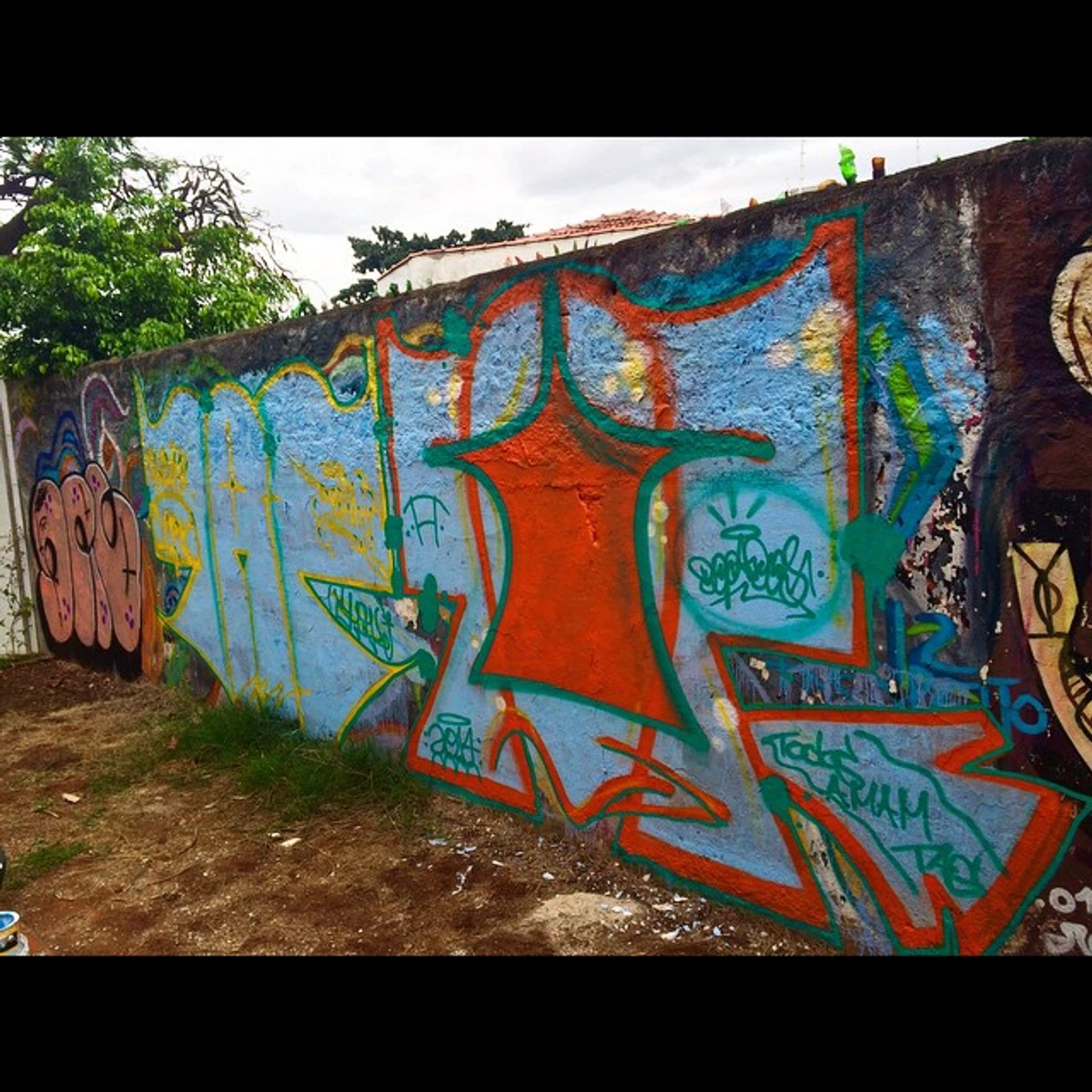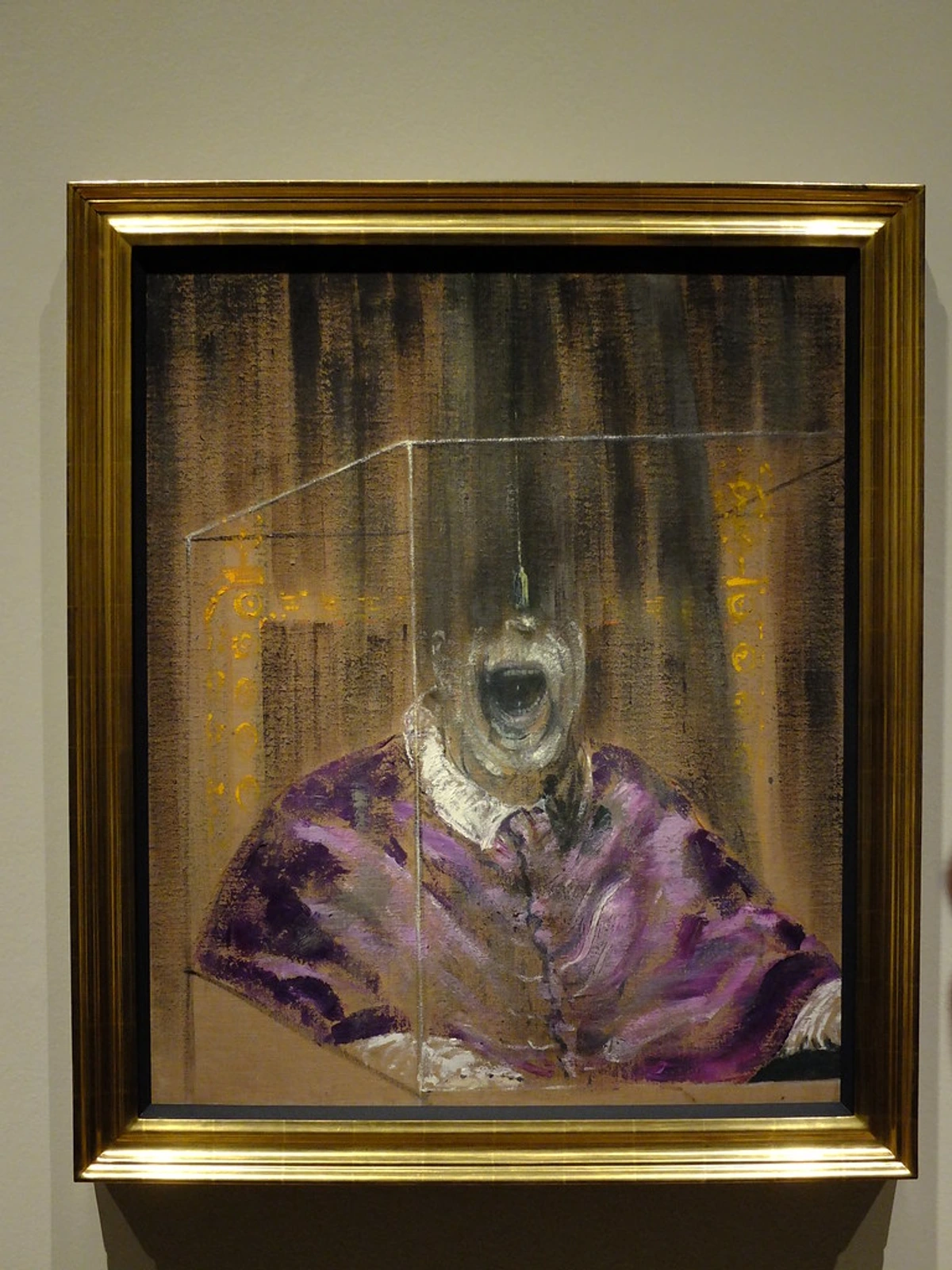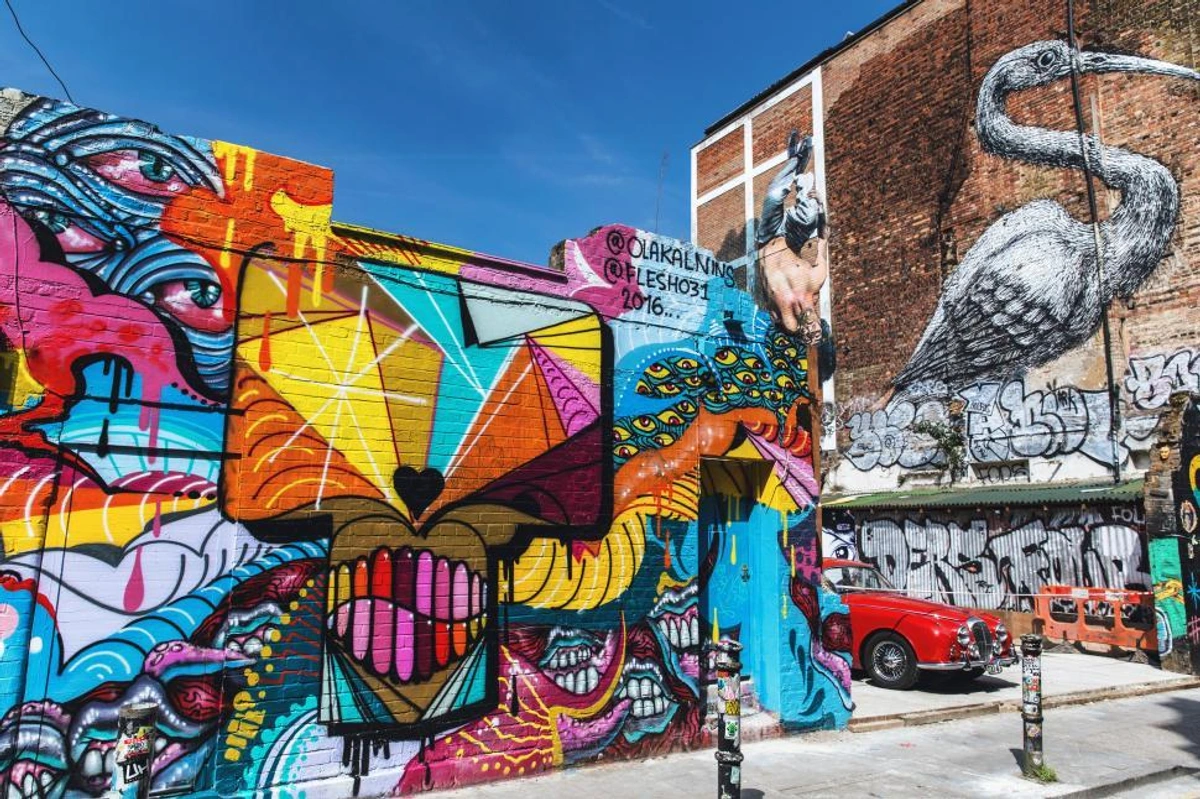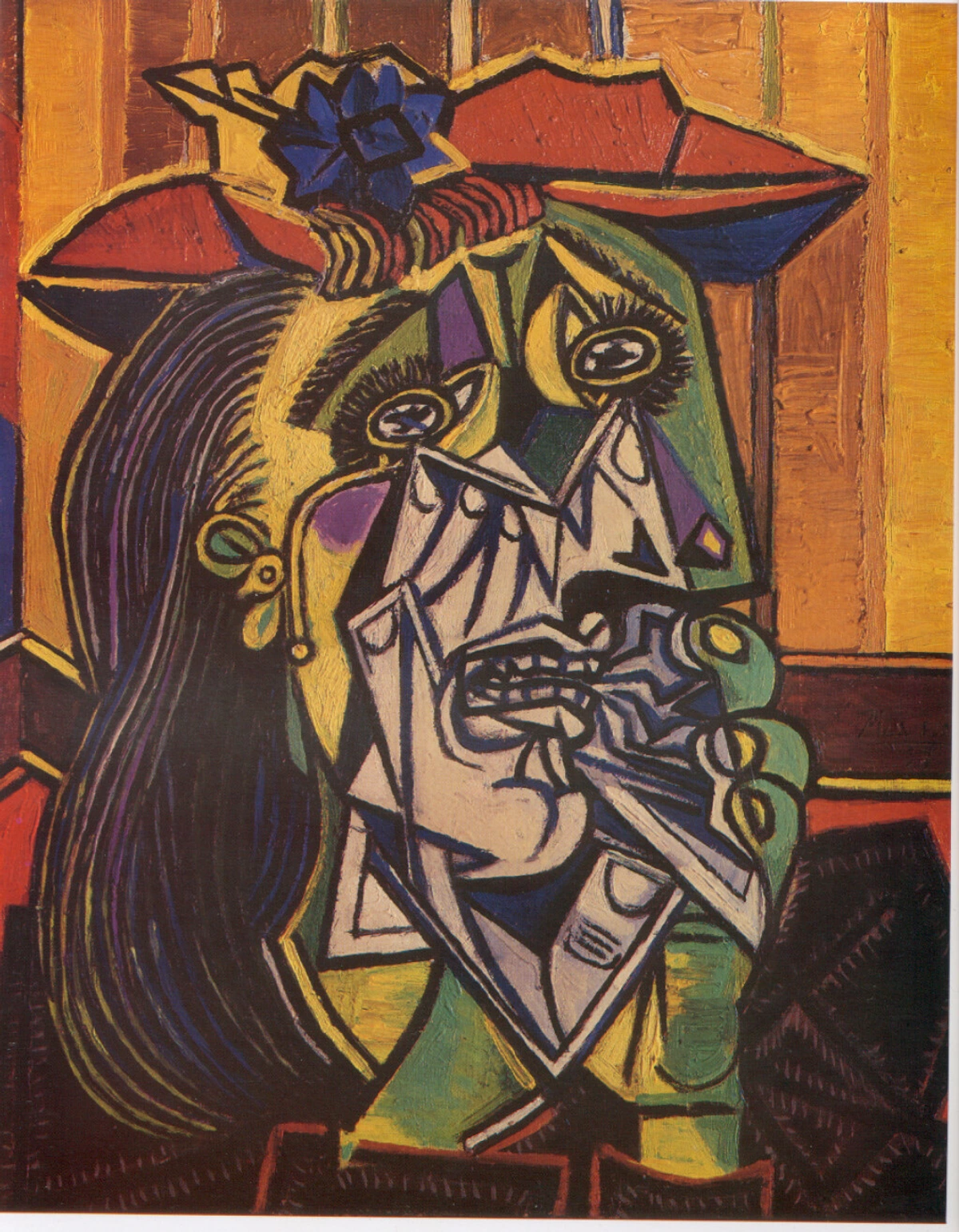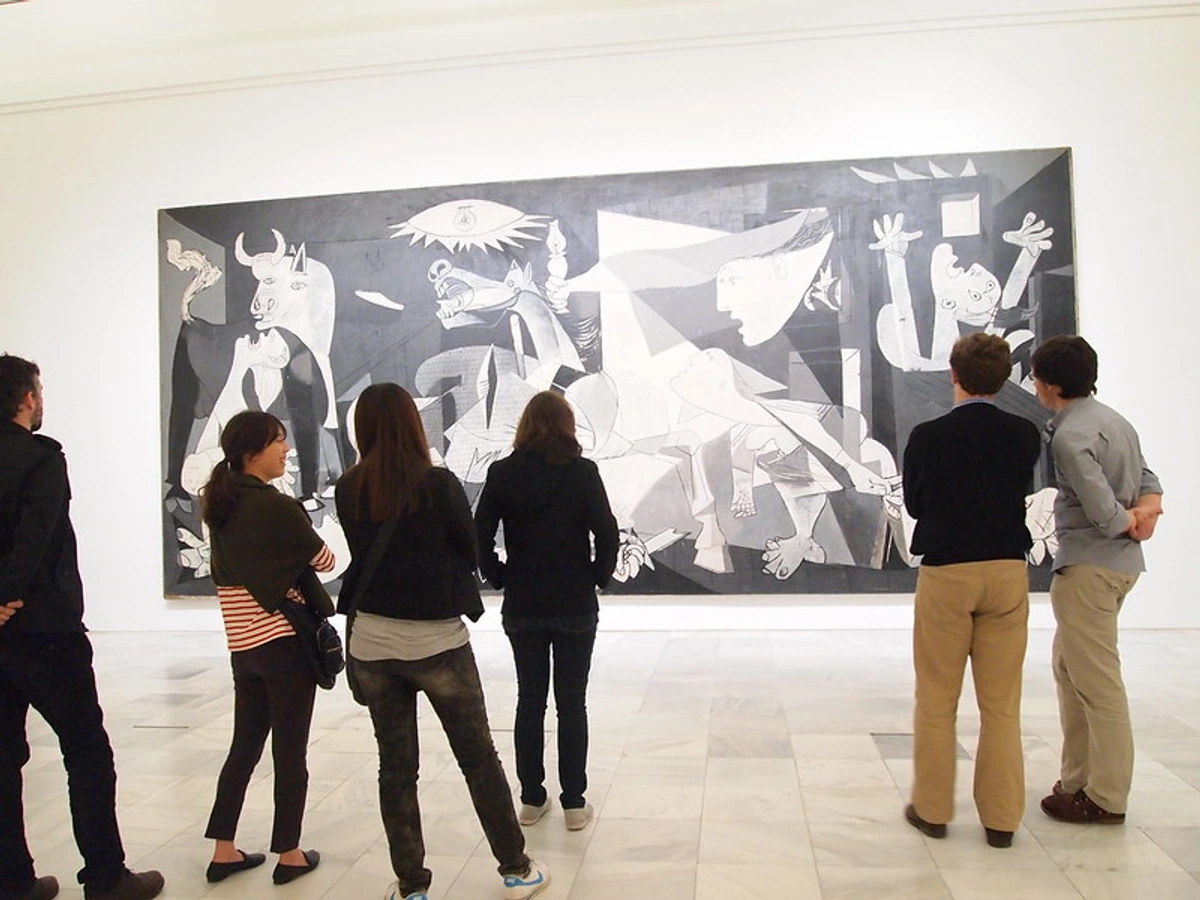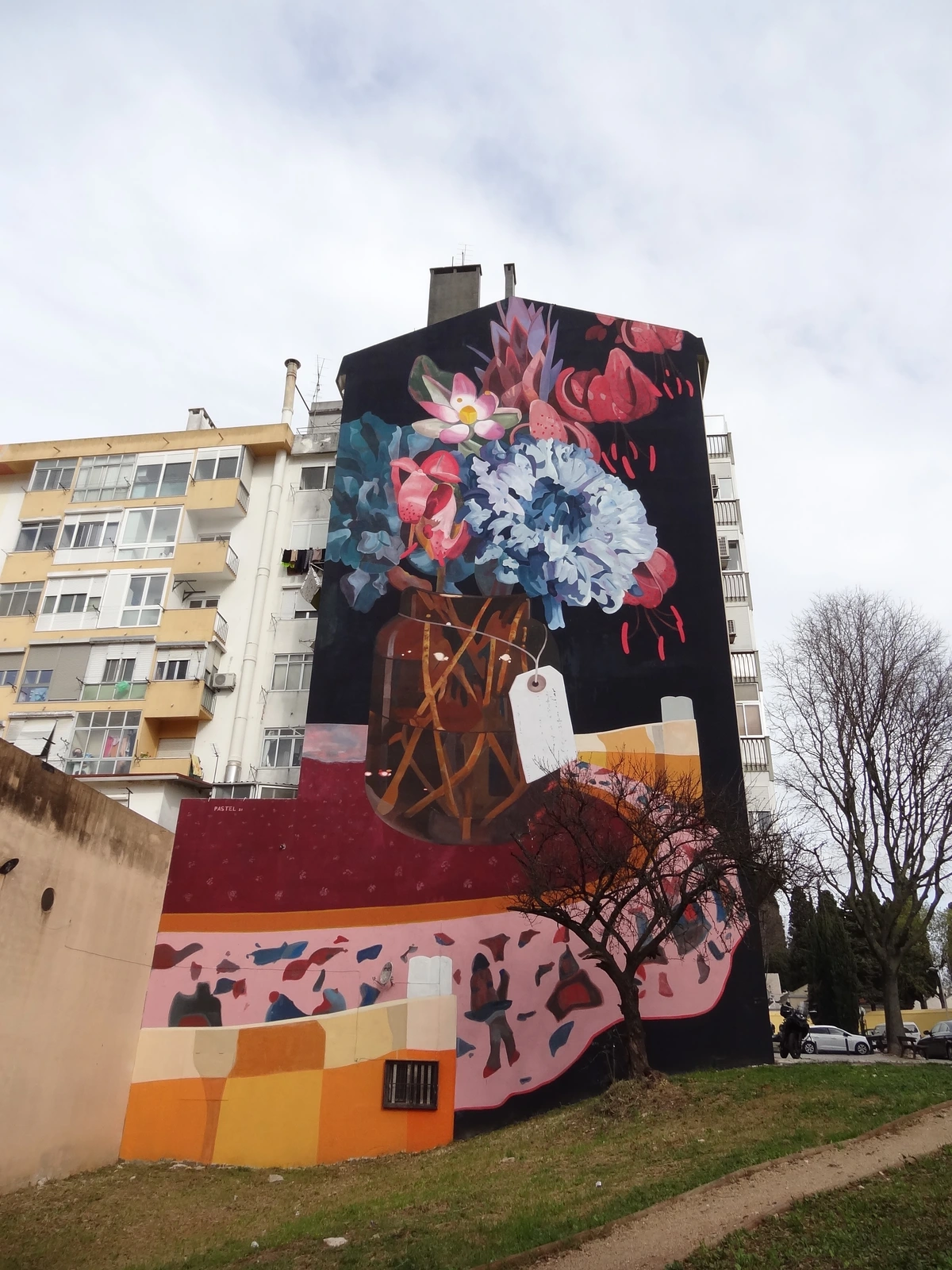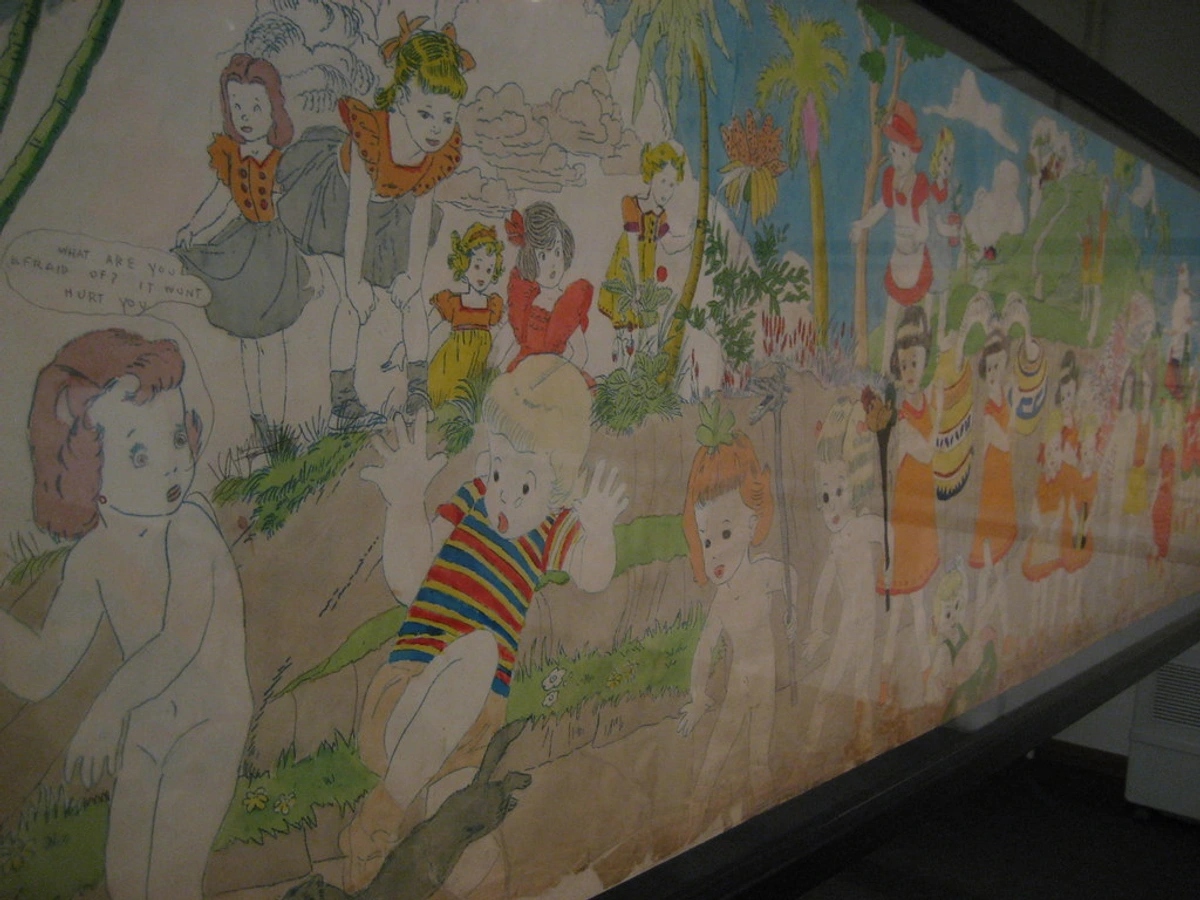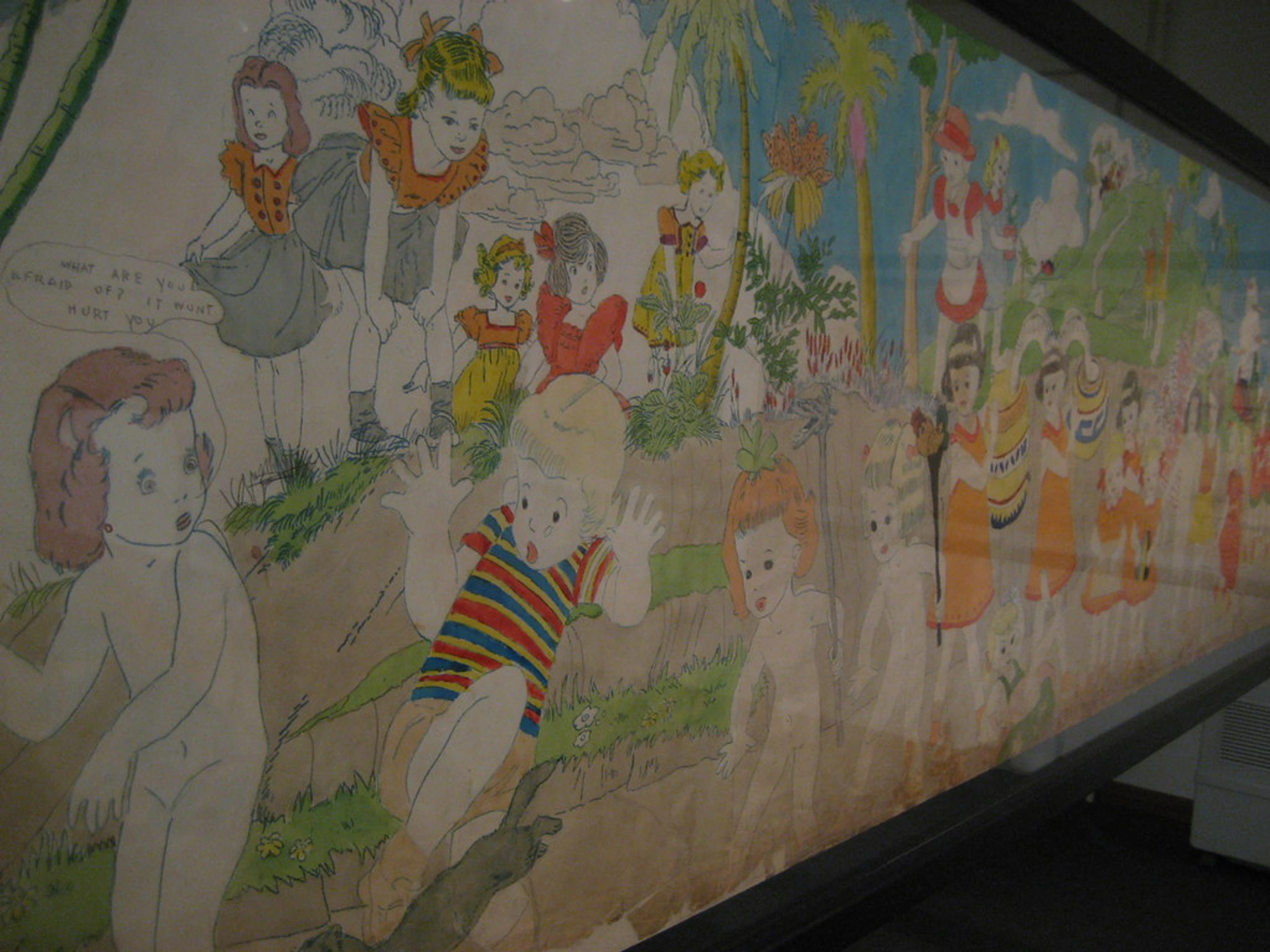
What is Action Painting? My Ultimate Guide to Raw, Expressive Art
Dive into Action Painting with my personal guide! Explore its history, key artists like Pollock and de Kooning, and how this raw, expressive art form reshaped the art world. Discover the art of spontaneity and its lasting impact on abstract art.
What in the World is Action Painting? My Take on the Art of Raw Expression
The Untamed Canvas: My Journey into Action Painting
You know, sometimes I look at a canvas, and I just feel this urge to... move. Not to carefully plan, not to meticulously render, but to engage with it, physically, viscerally. That's the heart of what we call Action Painting, isn't it? It's a phrase that, for many, conjures images of chaotic drips and splatters, perhaps a bit of a bewildering mess. But for me, it's one of the most honest forms of expression in art history. It’s about the raw, unfiltered moment, a dance between the artist and the medium, where the canvas becomes an arena for emotion, energy, and the subconscious. I remember the first time I really understood it – not just saw it, but felt it. It was like a light went on, connecting the dots between movement and meaning.
Understanding the Core: What Exactly is Action Painting?
So, let's get down to it. What exactly is Action Painting? At its simplest, it's a style of painting where the paint is spontaneously dribbled, splashed, or smeared onto the canvas, rather than being carefully applied. The physical act of painting itself becomes paramount, an almost ritualistic performance. It's less about depicting a subject and more about the process of creation, the direct engagement of the artist's body and mind with the material. This isn't just a technique; it's a philosophy. I often think of it as a direct visual record of an artist's internal state, laid bare for all to see.
The Philosophy of the Gesture
For me, the gesture in Action Painting is everything. It's not just a flick of the wrist; it's the full sweep of the arm, the dance around the canvas, the sheer physical exertion. It's the visual echo of emotion, thought, and instinct. When I'm working on a piece, especially my larger abstract works, I find myself channeling that same kind of energy, letting the movement guide the color, letting the canvas absorb the immediacy of the moment. It’s a liberation from the precise, the planned, the predictable.
Key Characteristics You'll Spot
When you're looking at an Action Painting, here are a few things that tend to jump out, things that tell you, "Ah, yes, this is the good stuff":
- Spontaneity and Immediacy: Forget preliminary sketches. This is about real-time creation, where decisions are made in the heat of the moment.
- Emphasis on Process: The journey, the act of painting, is often more important than the final image itself. The drips, the splatters, the textures—they're all testament to the doing.
- Gestural Marks: You'll see broad, sweeping strokes, energetic dashes, and uninhibited splashes that reveal the artist's physical movement.
- All-Over Composition: Often, there's no central focal point. The action extends to all edges of the canvas, drawing your eye across the entire surface. It's a field of energy.
- Emotional Expression: These aren't calm, serene landscapes. They're often raw, intense, and deeply personal expressions of the artist's inner world.

A Brief History: Where Did All This Action Come From?
Action Painting didn't just appear out of nowhere. It blossomed in the mid-20th century, primarily emerging from the heady, post-World War II atmosphere of New York City. This was a time of immense social and psychological upheaval, and artists were searching for new ways to express the complexities of the human condition. It’s inextricably linked to the broader movement of Abstract Expressionism. If you're really keen to dig into the roots, I highly recommend exploring the [/finder/page/ultimate-guide-to-abstract-expressionism].
The New York School: A Hub of Innovation
The artists who pioneered Action Painting were largely part of what's known as the New York School. They were a fascinating bunch, pushing boundaries and challenging conventions. They looked to European Surrealism's emphasis on the subconscious but rejected its narrative elements, instead focusing on pure psychic automatism in painting. It was a thrilling, often contentious, period of intense creativity.
The Maestros of Movement: Key Action Painters
When we talk about Action Painting, one name immediately springs to mind, overshadowing many others, for better or worse. But it wasn't just him. There was a vibrant constellation of artists making incredible contributions.
Jackson Pollock: The Icon of the Drip
Ah, Jackson Pollock. The man, the myth, the legend of the drip. His work is practically synonymous with Action Painting. My goodness, the energy! He would spread his canvases on the floor, using household paints, sticks, and hardened brushes to pour, drip, and splash paint, rarely touching the canvas directly. It was a radical departure from traditional easel painting. I imagine him, circling the canvas like some kind of shaman, totally immersed in the act. He famously said, "When I am in my painting, I'm not aware of what I'm doing." That, right there, is the essence of it. It’s about being in the moment, letting instinct take over.
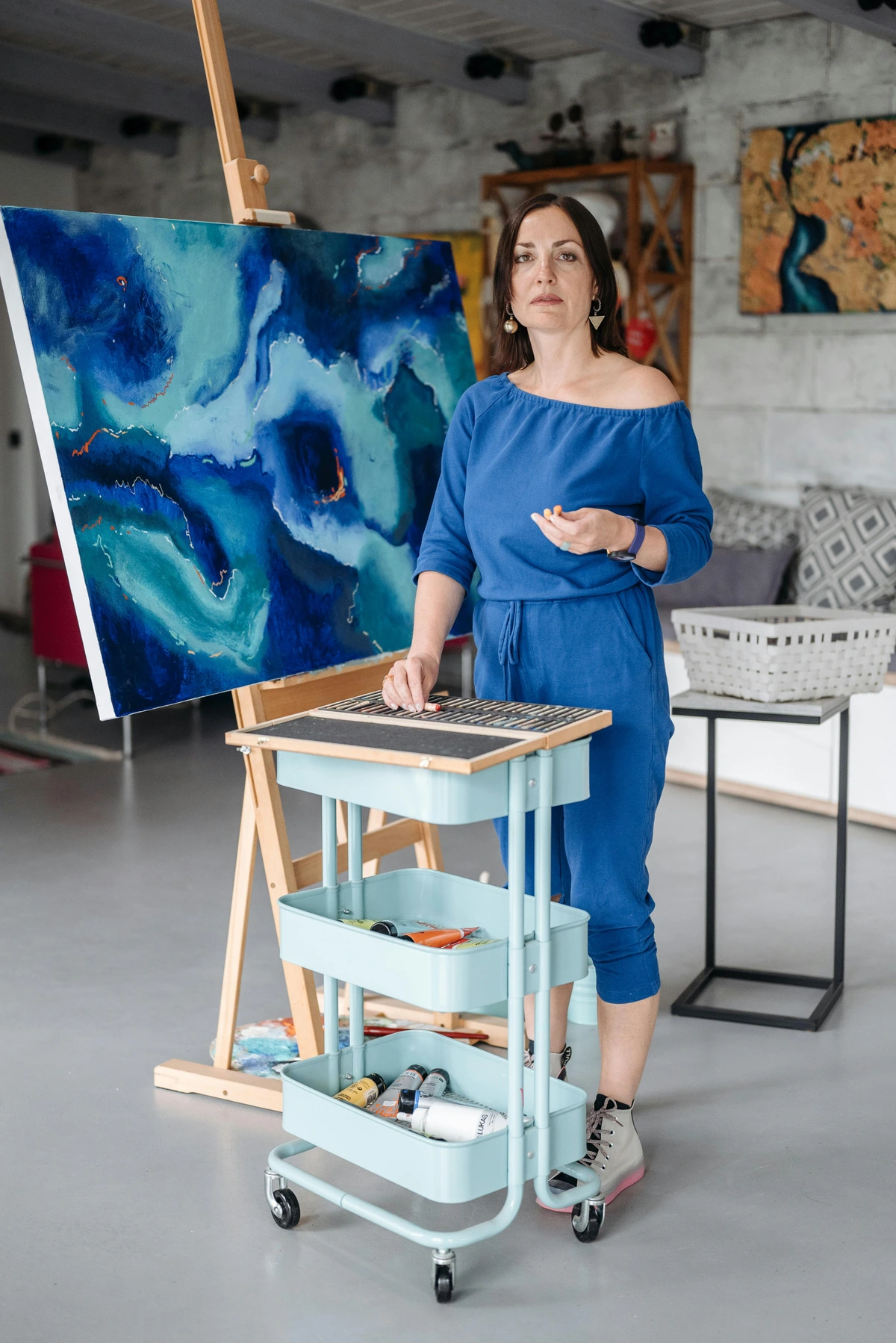
Willem de Kooning: The Fierce Brushstroke
Then there's Willem de Kooning. His approach was perhaps more overtly gestural, his brushstrokes fierce and aggressive, often layered and scraped back. He infused his figures, especially his iconic "Women" series, with an almost primal energy, blurring the lines between abstraction and figuration. He was constantly reworking, constantly searching, and you can see that struggle and exhilaration in every stroke. His work has a raw, almost violent beauty that always pulls me in.
Franz Kline: The Bold and the Black
And Franz Kline! His large-scale black and white paintings are pure dynamism. With massive brushstrokes, he created powerful, almost architectural compositions that seem to surge with contained energy. His process was incredibly quick, but don't mistake speed for lack of thought. These weren't sketches; they were fully realized statements, a testament to the power of economy in expression. He proved that even with a limited palette, you could evoke an entire universe of emotion.
Lee Krasner: The Overlooked Force
It's a crying shame that Lee Krasner (yes, Pollock's wife, but so much more than that!) often gets overlooked. Her contributions to Abstract Expressionism, and specifically to gestural painting, were monumental. Her work, characterized by its vibrant color and bold, rhythmic forms, evolved constantly, reflecting a deeply personal and experimental spirit. I find her resilience and relentless artistic exploration incredibly inspiring. She truly carved her own path, and it’s a path worth celebrating.
The Mechanics of Passion: How Action Painting Was Made
This isn't your grandma's still life, is it? The methods employed by Action Painters were as radical as their ideas.
Beyond the Easel: Canvas on the Floor
The first big shift? Getting the canvas off the easel and onto the floor. This wasn't just a practical choice; it was a conceptual one. It allowed the artist to literally step into the painting, to surround themselves with it, to engage with it from all sides. It transformed the canvas from a window into a world. Imagine the sensation, being enveloped by your creation!
Unconventional Tools and Materials
Forget delicate brushes and carefully mixed pigments. Action Painters often used house paint, industrial enamels, sticks, trowels, and even their bare hands. The choice of materials was part of the statement: art could be made from anything, by anyone, reflecting the gritty reality of post-war life. The tools became an extension of the body, directly translating energy onto the surface.
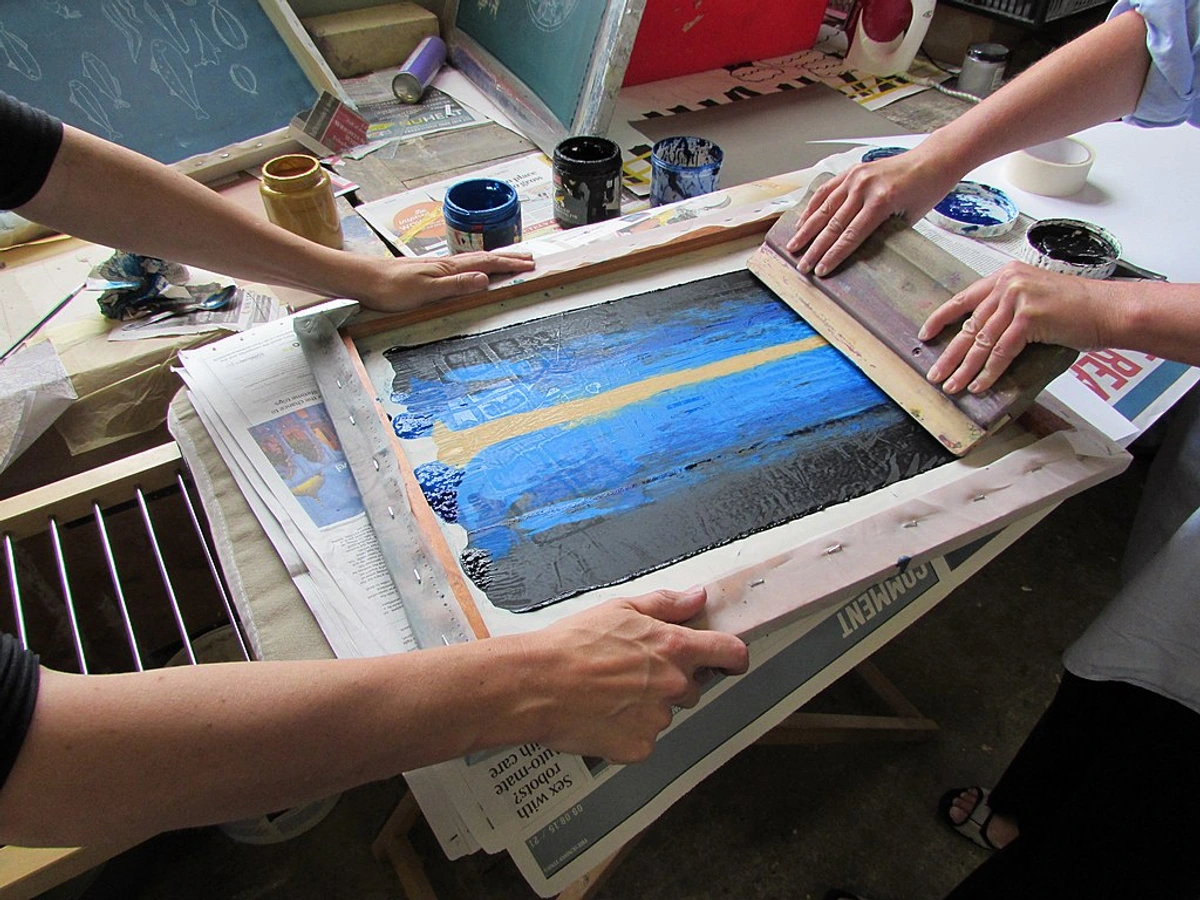
The Deep Dive: Philosophy and Psychology Behind the Splatter
It wasn't just about throwing paint around; there was serious thought and emotion bubbling beneath the surface.
Surrealism's Shadow: Automatism and the Subconscious
Many of these artists were deeply influenced by Surrealism's concept of psychic automatism – the idea of expressing the subconscious without conscious control. Action Painting took this a step further, making the act of painting an automatic gesture, a direct conduit from the artist's psyche to the canvas. It's like a visual stream of consciousness, bypassing the rational mind. I often think about how much of my own art comes from a similar, almost meditative, space.
Existential Echoes: Freedom and Anguish
Post-WWII, there was a profound sense of existential angst, a questioning of meaning and purpose. Action Painting, with its emphasis on individual expression, raw emotion, and the unpredictable, resonated deeply with these feelings. It was a declaration of freedom in a world that had just experienced unimaginable horrors, a way to grapple with the beautiful, terrifying chaos of existence.
Reception and Legacy: From Controversy to Canonization
Action Painting certainly didn't arrive quietly. It was met with a mix of awe, confusion, and outright derision.
The Critics' Quandary: Is It Art?
Oh, the debates! "My child could do that!" was a common refrain. Critics grappled with its apparent lack of subject matter, its raw energy, and its defiance of traditional aesthetics. It challenged everything people thought art should be, and that's often where the most significant movements begin, isn't it? It forces us to reconsider our definitions.
A Lasting Influence on Art
Despite the initial controversy, Action Painting profoundly altered the course of modern art. It liberated artists from conventional constraints, opening doors for movements like Minimalism, Performance Art, and even aspects of Pop Art. The emphasis on process, scale, and the artist's direct involvement became a blueprint for future generations. It showed that art could be an event, not just an object.
Action Painting vs. Other Abstract Movements: A Quick Overview
It's easy to lump all abstract art together, but there are crucial distinctions. Here's a little table I put together to help clarify where Action Painting sits.
Feature | Action Painting | Color Field Painting | Geometric Abstraction | Lyrical Abstraction |
|---|---|---|---|---|
| Emphasis | Physical act, gesture, raw emotion | Broad fields of color, meditative effect | Precise shapes, lines, mathematical harmony | Expressive brushwork, personal emotion, more fluid |
| Key Artists | Pollock, de Kooning, Kline, Krasner | Rothko, Newman, Frankenthaler | Mondrian, Malevich, Stella | Kandinsky (early), Joan Mitchell, Helen Frankenthaler |
| Visual Style | Drips, splatters, energetic lines, all-over | Large, unbroken areas of color, soft edges | Sharp edges, grids, primary colors | Fluid forms, visible brushstrokes, less aggressive |
| Emotional Tone | Intense, dynamic, sometimes chaotic | Contemplative, sublime, spiritual | Orderly, rational, cerebral | Poetic, romantic, often vibrant |
| Process | Spontaneous, direct engagement, body movement | Careful application of washes, staining | Meticulous planning, geometric precision | Intuitive, expressive, often improvisational |
| Goal | Express inner psychological state, immediate feeling | Evoke spiritual or emotional response through color | Explore universal harmony, order, purity of form | Convey personal feelings through abstract forms |
Appreciating Action Painting: My Personal Take
So, how do you approach a piece of Action Painting? My advice? Don't try to "understand" it in a literal sense. Don't look for hidden figures or landscapes. Instead, let yourself be immersed.
Engage with the Energy
Think of it as a record of a performance. Feel the rhythm, the momentum, the speed (or slowness!) of the artist's hand. Trace the drips with your eyes. Where did the paint land first? Where did it build up? What kind of energy does it communicate to you?
Connect with the Unseen
Remember, this art often comes from a deep, subconscious place. What emotions does it stir in you? Does it feel chaotic, exhilarating, anxious, joyful? There's no right or wrong answer, because it's about your experience. It's a dialogue between the artist's past moment of creation and your present moment of observation.
Frequently Asked Questions About Action Painting
You've got questions, I've got... well, my take on them!
Q1: Is Action Painting just random splatters?
Not at all! While it appears spontaneous, there's an underlying control and intention. Artists like Pollock developed incredible skill in directing the flow of paint, even if the individual marks were unpredictable. It's controlled chaos, if you will. The artist isn't just throwing paint; they're engaging in a dialogue with the material.
Q2: Is Action Painting still made today?
Absolutely! While the peak of the movement was in the mid-20th century, its influence is profound. Contemporary artists continue to explore gestural abstraction, incorporating new materials and techniques. The spirit of direct, physical engagement with the canvas lives on. My own work, in its focus on dynamic color and intuitive mark-making, certainly owes a debt to that spirit.
Q3: What's the difference between Action Painting and other types of Abstract Art?
Good question! The main distinction lies in the process and the emphasis. Action Painting stresses the physical act, the gestural mark, and the raw expression of the artist's presence. Other forms of abstract art might focus on color relationships (Color Field), geometric forms (Geometric Abstraction), or symbolic representations, often with more planned, less immediate application methods. It's all about what the artist prioritizes.
Q4: Why is Jackson Pollock so famous for Action Painting?
Pollock became the poster child largely because his "drip" technique was so visually distinct and revolutionary. He pushed the boundaries further than anyone, and the sheer scale and intensity of his works were undeniable. Also, the media, particularly Life magazine, played a huge role in catapulting him into celebrity status, labeling him "Jack the Dripper." He embodied the rebellious, individualistic spirit of the post-war American artist.
Q5: Can I try Action Painting at home?
You absolutely can! And I encourage it! You don't need a massive studio or expensive paints. Grab some old sheets or a tarp for your floor, some inexpensive acrylics or even house paint, and a stick or an old brush. Let loose! It's incredibly liberating to just let the material flow. It’s a fantastic way to connect with your inner artist and experience the joy of pure creative abandon. Just remember to protect your surroundings – I speak from experience on that one!
My Final Brushstrokes: The Enduring Power of Action Painting
For me, Action Painting isn't just a historical movement; it's a testament to the enduring human need for authentic expression. It's a reminder that art doesn't always have to be pretty or perfect; sometimes, it just needs to be real. It’s about feeling, moving, and connecting with something deeper than conscious thought. It's a dialogue, a dance, a vibrant record of a soul in motion. And isn't that what we all strive for in our own creative endeavors? To leave a mark, to express our truest selves, to engage with the world in a way that feels utterly, gloriously untamed? If you're inspired to explore more of my work, which often draws on these themes of energy and expression, feel free to browse my [/buy] collection or dive deeper into the [/timeline] of art.
